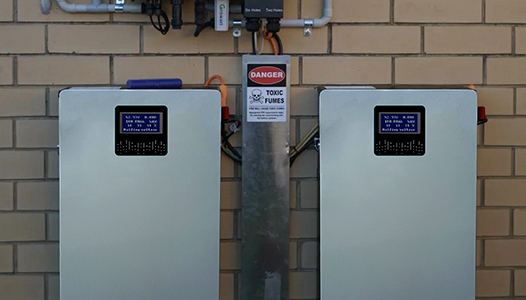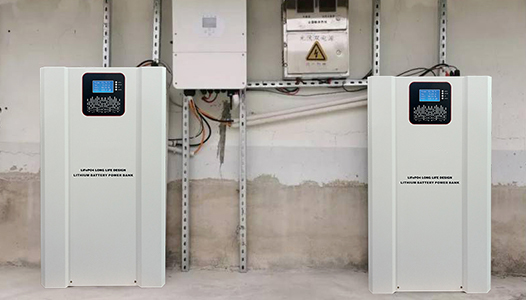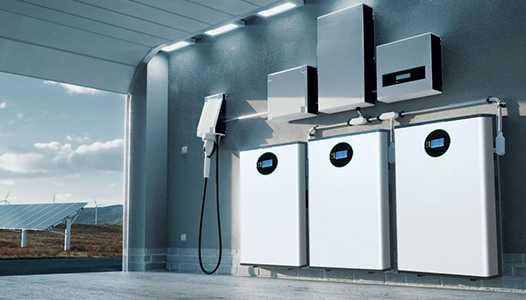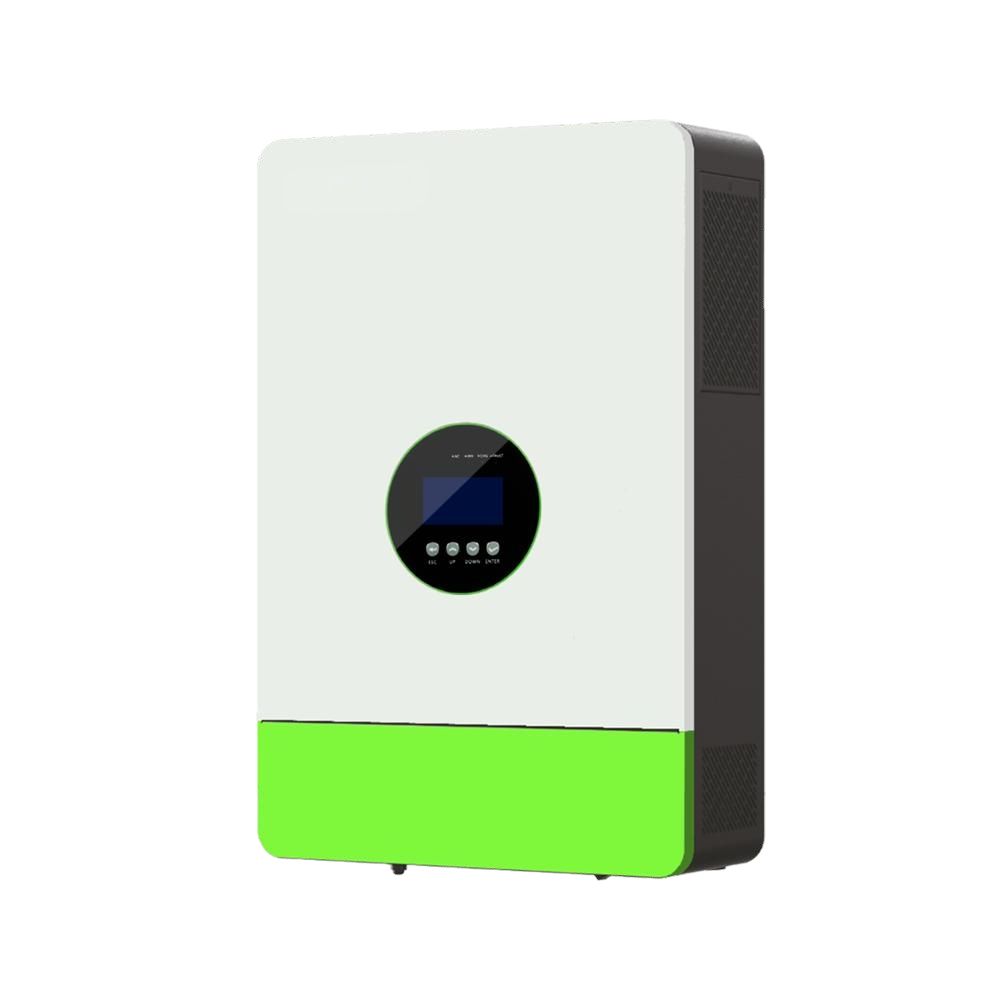 Home
/
News
/
Company News
Home
/
News
/
Company News
Can high-voltage stacked lithium batteries withstand high-current discharges?
2025-10-07
With the development of technology, lithium batteries have become one of the most commonly used batteries in modern electronic devices. A high-voltage stacked lithium battery is a lithium battery pack composed of multiple battery cells, which not only provides high capacity and high voltage output, but also can withstand high power discharge and fast charging. However, in practical applications, whether high-voltage stacked lithium batteries can withstand high-current discharge is a controversial issue. This article will explore this issue and provide some relevant information.
1. The working principle of lithium batteries
Before introducing whether high-voltage stacked lithium batteries can withstand high-current discharge, we need to understand the basic working principle of lithium batteries. A lithium battery is a type of battery chemistry that generates electrical energy through a cathode material (usually lithium cobalt oxide), an anode material (usually graphite), and an electrolyte. During charging, the cathode material releases lithium ions, which pass through the electrolyte and are absorbed by the negative electrode. During discharge, these lithium ions pass through the electrolyte and return to the positive electrode, which creates a certain voltage and current.
2. The structure of high-voltage stacked lithium batteries
A high-voltage stacked lithium battery is a type of lithium battery pack that uses multiple lithium battery cells or "cells". Each cell is made of lithium cobalt oxide as the cathode material and graphite as the anode material, and uses a liquid or solid electrolyte. The cells are connected using metal foil or other conductive materials and assembled into a stacked structure. The structure needs to provide sufficient mechanical support and current transmission paths to ensure consistency in the required current and voltage levels between cells.
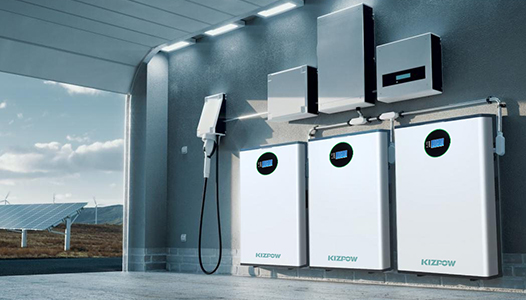
3. The challenge of high current discharge
High-current discharge refers to the extraction of a large amount of electrical energy from the battery in a short period of time, which requires all components inside the battery to respond quickly and provide sufficient current support. However, high-current discharge is not always an easy task for lithium batteries.
At high currents, lithium ions are more likely to form a thin solid electrolyte interface (SEI) layer on the surface of the electrode material, which reduces the migration rate of electrons and ions, thereby reducing the battery's discharge efficiency. At the same time, high current can also cause the temperature inside the battery cell to rise, which can lead to thermal runaway in the battery cell, which may eventually lead to a fire or explosion of the battery cell.
4. Solution
To enable high-voltage stacked lithium batteries to withstand high-current discharges, there are several solutions to consider:
The total capacity of the battery can be increased by increasing the number of cells, thereby reducing the load on individual cells. This can improve the reliability and safety of the battery, as well as extend its lifespan.
The migration performance of electrons and ions can be improved by optimizing the structural design inside the battery. For example, the chemistry of the electrolyte can be adjusted to increase its ion migration rate, or the cell temperature can be reduced by adding a heat dissipator.
The susceptibility of the battery to high current discharge can be reduced by controlling the environment in which it is used. For example, a housing can be used to control the temperature and humidity of the battery, or a protection circuit can be used to monitor the battery's status and prevent it from overloading or shorting out.
5. Conclusion
High voltage stacked lithium batteries can withstand high current discharges under the right design and use conditions. However, achieving this requires attention and improvement by designers in terms of the physical structure, electrochemical properties and usage environment of the battery. In practical applications, users must follow battery usage and safety specifications to ensure that the battery is not damaged or cause safety issues during normal use.
6. Note:
Improper use, charging and storage can lead to battery damage, resulting in loss or health hazards. Follow the manufacturer's guidelines for using and handling the battery.
Come to an end
-
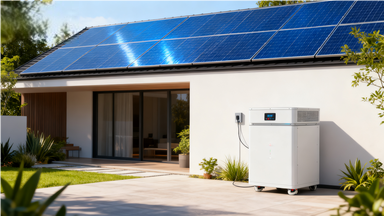
The core of Home Energy Storage: How to Choose Lithium Iron Phosphate Batteries
2025-11-14 -

Grid-connected and off-grid: The two core distinctions of inverters
2025-11-12 -

Say goodbye to electricity anxiety. The lithium iron phosphate outdoor power supply is here to protect you
2025-11-11 -
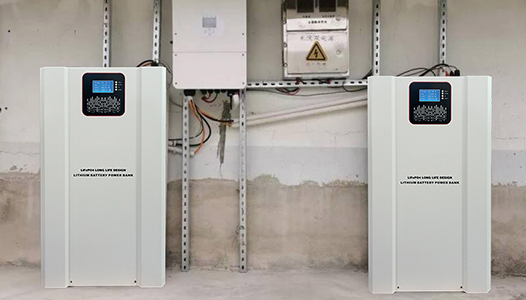
How do I assess the capacity of my inverter for my off-grid solar system?
2025-10-07








